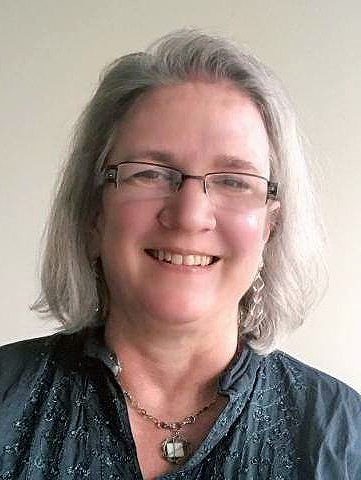NIMBioS Seminar Series
In conjunction with the interdisciplinary activities of the National Institute for Mathematical and Biological Synthesis (NIMBioS), a seminar series on topics in mathematical biology will be hosted at NIMBioS every other Tuesday at 3:30 p.m. (unless otherwise noted) in the Hallam Auditorium, Room 206, Claxton Building, 1122 Volunteer Blvd. Seminar speakers will focus on their research initiatives at the interface of mathematics and many areas of the life sciences. Light refreshments will be served in Room 205 beginning 30 minutes before each talk. Faculty and students from across the UT community are welcome to join us.
Seminar is canceled due to travel cancellations.
Speaker: Dr. Mary Ann Horn, Applied Mathematics and Statistics, Case Western Reserve Univ.
Time/Date: Tuesday, April 16, 2019, 12:40 p.m.*
Location: Room 206, Claxton Building, 1122 Volunteer Blvd.
Topic: Using Mathematical Modeling to Understand the Role of Diacylglycerol (DAG) as a Second Messenger
Abstract:
Diacylgylcerol (DAG) plays a key role in cellular signaling as a second messenger. In particular, it regulates a variety of cellular processes and the breakdown of the signaling pathway that involves DAG contributes to the development of a variety of diseases, including cancer. A mathematical model of the G-protein signaling pathway in RAW 264.7 macrophages downstream of P2Y6 activation by the ubiquitous signaling nucleotide uridine 5'-diphosphate is presented. The primary goal is to better understand the role of diacylglycerol in the signaling pathway and the underlying biological dynamics that cannot always be easily measured experimentally. The model is based on time-course measurements of P2Y6 surface receptors, inositol trisphosphate, cytosolic calcium, and with a particular focus on differential dynamics of multiple species of diacylglycerol. When using the canonical representation, the mathematical model predicted that key interactions were missing from the current pathway structure. Indeed, the model suggested that to accurately capture experimental observations, an additional branch to the signaling pathway needed to be incorporated, whereby an intracellular pool of diacylglycerol is immediately phosphorylated upon stimulation of an extracellular receptor for uridine 5'-diphosphate and subsequently used to aid replenishment of phosphatidylinositol. As a result of sensitivity analysis of the model parameters, predictions can be made regarding which of these parameters are the most sensitive to perturbations and are therefore most responsible for output uncertainty. (Joint work with Hannah Callender, Univ. of Portland, and the H. Alex Brown Lab, Vanderbilt.)
Dr. Mary Ann Horn is Professor and Chair in the Department of Applied Mathematics and Statistics at Case Western Reserve University. She received a Ph.D. and M.S. in applied mathematics from the University of Virginia and a B.S. in mathematics, with a chemistry emphasis, from the Pennsylvania State University. Her research interests include control of distributed parameter systems, optimal control, nonlinear analysis, partial differential equations, and applications in the biological sciences and medicine. She initially received tenure from Vanderbilt University, then spent over a decade as a program officer at the National Science Foundation, primarily handling programs in Applied Mathematics and Mathematical Biology.
*Join us for refreshments 30 minutes before the seminar.
Seminar Flyer (pdf)
![]() Live Stream.
Unless otherwise noted, NIMBioS seminars are streamed live.
To view the live stream, visit /videos/livestream.
Live-streamed seminars are archived for later viewing on NIMBIoS' YouTube channel.
Live Stream.
Unless otherwise noted, NIMBioS seminars are streamed live.
To view the live stream, visit /videos/livestream.
Live-streamed seminars are archived for later viewing on NIMBIoS' YouTube channel.
For more information about this and other NIMBioS Seminars, visit /seminars.
NIMBioS
1122 Volunteer Blvd., Suite 106
University of Tennessee
Knoxville,
TN 37996-3410
PH: (865) 974-9334
FAX: (865) 974-9461
Contact NIMBioS



